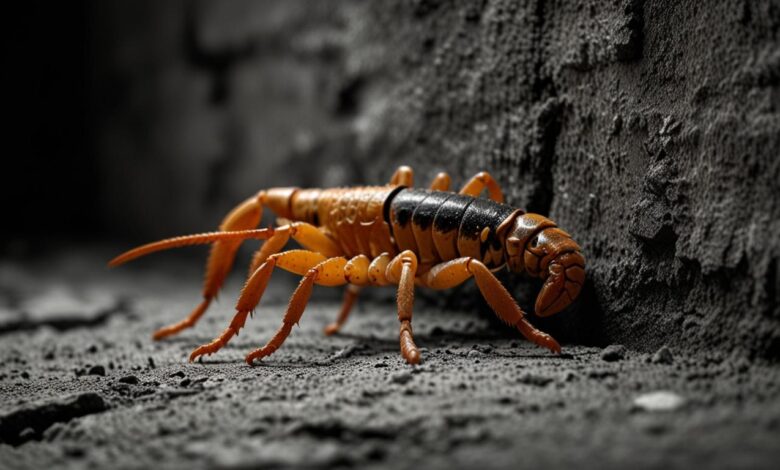Scorpion Invasion Hits Central Texas as Heatwave Sweeps Southern U.S.

A surge in scorpion sightings in Central Texas coincides with a widespread heatwave across the southern United States, prompting concerns and precautionary measures among residents. Experts link the scorpion invasion to rising temperatures and dry weather conditions, urging preventive actions to minimise infestations. Heat advisories have been issued, with temperatures soaring above 100°F and warnings extended to multiple states, prompting the establishment of cooling centres in major cities.
Scorpion Invasion Sweeps Southern U.S. Amid Rising Heat
The southern United States is experiencing a notable influx of scorpions seeking refuge from the extreme heat, particularly affecting Central Texas. Reports indicate scorpions are moving into cooler areas, including air-conditioned homes, keeping pest control services occupied.
Location and Species
In Texas, 19 scorpion breeds exist, with the cave scorpion and the common striped bark scorpion frequently seen in Central Texas. Cave scorpions are typically found hiding in deep, dark cracks while the striped bark scorpions often enter homes seeking cooler environments.
Factors Contributing to the Invasion
Alan Brown, an entomologist with ABC Home and Pest Control, attributes the increased scorpion sightings to rising temperatures and dry weather conditions. Additionally, Dave Moellendorf from Zookeeper Exotic Pets links the invasion to wetter springs, which drive scorpions to the surface.
Preventive Measures
To minimize infestations, Brown suggests sealing cracks in walls and ceilings, caulking holes, replacing weather stripping, and trimming long tree branches. Scorpions can also be trapped using black lights, as they fluoresce under UV light.
Heat Advisories Across U.S. South
Heat advisories were issued across the southern United States on June 29, 2024, extending from Texas to South Florida. In Miami, temperatures reached the low 90s Fahrenheit, largely due to clear skies and minimal rain, according to Sammy Hadi from the National Weather Service (NWS).
Heat Effects and Responses
The heat dome covering the southern Plains resulted in temperatures near or above 100°F, with heat indexes between 110°F and 115°F. Excessive heat warnings were extended to northeastern Texas, eastern Oklahoma, northern Louisiana, and most of Arkansas. Cooling centers have been established in major cities including Dallas, Houston, and Memphis.
Previous Heat Waves and Future Forecasts
Earlier this month, a severe heat wave affected the Southwestern U.S., driven by a heat dome phenomenon. Currently, relief is expected through brief rain in Oklahoma and Arkansas, with a potential for cooler temperatures next week.
Residents are advised to stay hydrated, wear light clothing, and take breaks if outdoors. They should also check vehicle backseats to avoid leaving children or pets inside, as interior car temperatures can rise rapidly, even in moderately high external temperatures.
Upcoming Weather Events
Tropical Storm Beryl, expected to become a major hurricane, poses a potential future hazard but is currently far from impacting the U.S. Nonetheless, it serves as a reminder for hurricane preparedness.








